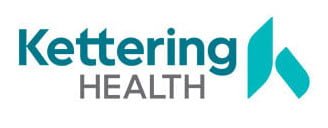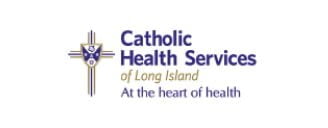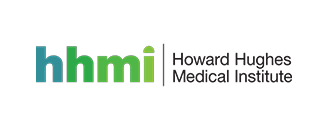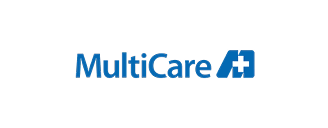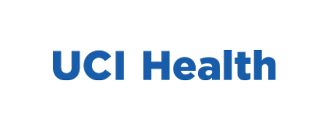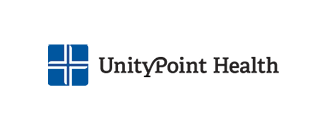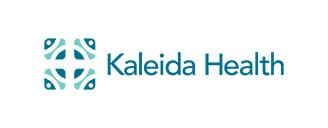By Amber Bielak, Product Manager
We recently announced software updates we’ve made to VPL Percept™—our supply chain analytics module that helps customers reduce missed savings opportunities, optimize freight expense, and take full advantage of contract pricing and reimbursement opportunities.
To support the relaunch, we asked Amber Bielak, Product Manager at VPL, to weigh in on the importance of data and analytics in the healthcare supply chain. Amber’s role is to discover a product that is valuable, usable, and feasible. She’s responsible for developing a vision and roadmap for Percept based on input from internal stakeholders, customers, market research, and her own insight. Hear what she has to say about supply chain data and analytics:
What problems led to the creation of VPL Percept originally?
Customers did not have access to readily available data. Instead, they would need to contact their Customer Success Manager to provide data during a business review, email, or monthly touchpoint—which we were happy to do (this was my role for several years) but it’s great that now they have that on-demand access, too.
Prior to becoming Product Manager, is there anything you saw as a Customer Success Manager (CSM) that you can bring to the module?
As a CSM, I worked with several customers to understand their business initiatives regarding visibility, transparency, and cost savings opportunities. What’s most exciting for me in this role is that I can now apply those lessons—I know the challenges on the customer side AND the various ways Percept can provide actionable data to target cost savings for healthcare systems.
Why is it important for customers to own AND leverage their supply chain data?
Knowledge is power. And knowledge in the supply chain revolves around access and transparency in data. Customers can target their business initiatives with readily available data and monitor their progress. Customers have the power to also utilize Percept to drive internal conversations and external conversations with their suppliers.
Why do customers need this solution? What specific improvements can they make?
Customers needed Percept to have visibility, transparency, and control of their inbound and outbound freight management programs. Customers can make specific improvements such as targeting mode optimization opportunities within their inbound program, understand missed savings opportunities within their outbound program, supplier compliance opportunities and monitoring the amount of fees suppliers are charging their health system.
How do customers quantify the impact of VPL Percept versus something else? (Cost savings, staff, or patient satisfaction). Is there a metric they’ve pointed to that quantifies that impact?
Mode optimization would be an easy example. They can monitor to see if their express level shipments decreased over time. Also, actionable would-be surcharges—they can track to make sure they have decreased over time. It can also drive internal conversations about missed savings opportunities on outbound shipments—they can have the conversation with their shippers and then make sure the behaviors change and the costs come down. Supplier optimizable shipment spend can also be quantified over time in addition to lower prepay and add spend.
If you can see it, you can identify the problem, take the action, and then monitor to make sure it fixed. And this can be a continuous, quick loop of optimization instead of something they investigate periodically.
Has VPL Percept helped customers meet any organizational goals, foreseen and unforeseen?
Yes, Percept has helped customers monitor the reduction in inbound and outbound freight costs for multiple health systems while also meeting service level agreements (SLAs) for internal customers. Percept has also helped monitor supplier participation on their inbound freight programs and increase compliance with their outbound freight programs.
Here are some proof points from different customers:
- Reduced first overnight shipments costs by $90,000
- Received a $30,000 credit issued from a supplier
- Saved $50,000 by identifying a PO% fee
We have all kinds of little stories like that, and it’s what gets us excited about the power of this tool!
Have any of the benefits surprised any customers?
One of the benefits they’ve identified is having visibility into fees that suppliers have been charging their health systems. The information Percept provides helps customers feel equipped to review their contracts to seek if suppliers should be charging those fees, or they can make attempts to negotiate the fees out of their contracts.
Want to see the VPL Percept platform for yourself?
Schedule a demo with us to see it in action! We’d love to speak with you about your current supply chain analytics process.
